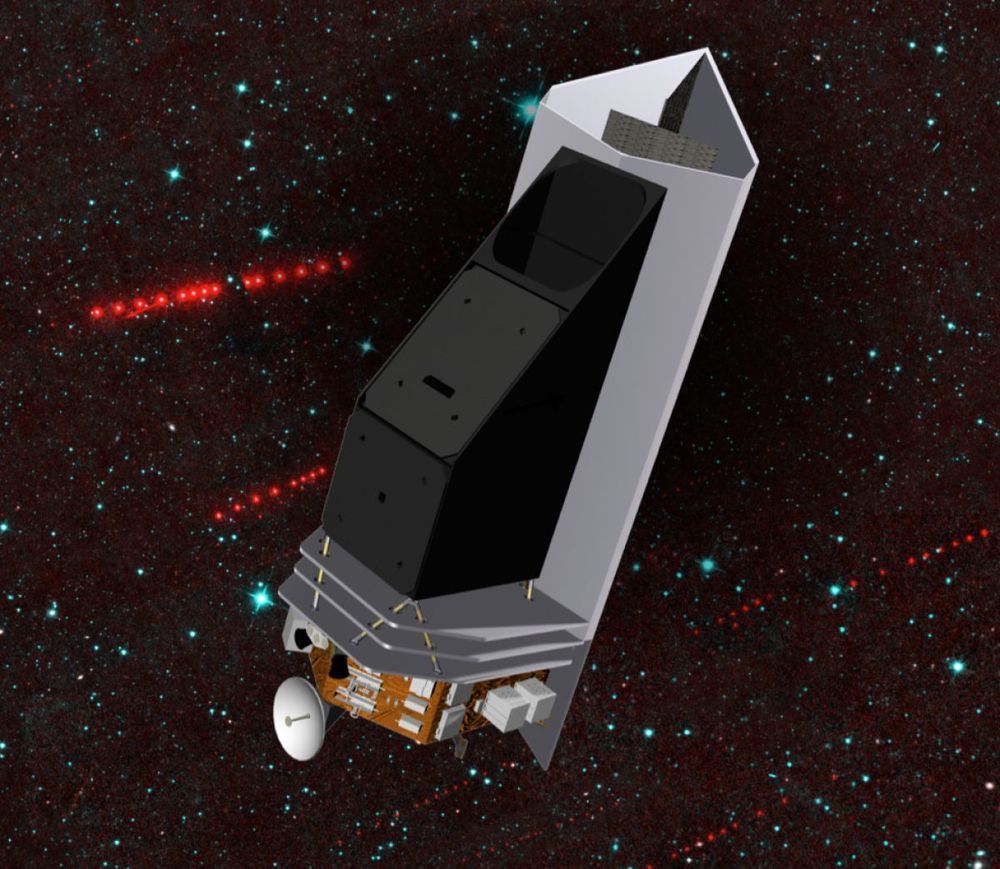Sep 24, 2019
Nanoelectrodes record thousands of connected mammalian neurons from inside
Posted by Paul Battista in categories: computing, neuroscience
A nanoelectrode array that can simultaneously obtain intracellular recordings from thousands of connected mammalian neurons in vitro.
How our brain cells, or neurons, use electrical signals to communicate and coordinate for higher brain function is one of the biggest questions in all of science.
For decades, researchers have used electrodes to listen in on and record these signals. The patch clamp electrode, an electrode in a thin glass tube, revolutionized neurobiology in the 1970’s with its ability to penetrate a neuron and to record quiet but telltale synaptic signals from inside the cell. But this tool lacks the ability to record a neuronal network; it can measure only about 10 cells in parallel.
Continue reading “Nanoelectrodes record thousands of connected mammalian neurons from inside” »


















